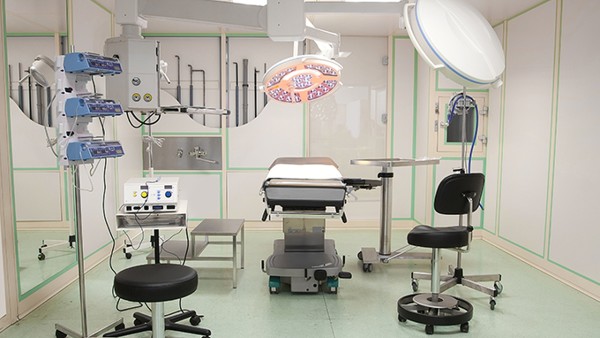Three Major Methods to Easily Detect Newborn Vision: A Must-See for Mothers

Introduction
A newborn's vision is a crucial aspect of their overall development. It plays a vital role in their ability to interact with their surroundings, explore their environment, and lay the foundation for cognitive and social skills. Early detection of vision problems is essential to ensure timely intervention and support for the child's optimal development.
As a concerned mother, understanding the different methods for detecting newborn vision can empower you to proactively monitor your child's eye health and seek professional attention if necessary. This article will delve into three major methods used to screen for vision problems in newborns, providing practical guidance and information to help you navigate this important aspect of your baby's well-being.
Method 1: The Red Reflex Test
The red reflex test is a simple, non-invasive procedure commonly performed during routine newborn examinations. It involves shining a bright light into the baby's eye and observing the reflection. A normal red reflex indicates that light is passing through the eye properly, suggesting that the cornea, lens, and retina are functioning correctly.
How is the red reflex test performed?
1. Dim the lights in the room.
2. Position the baby comfortably on your lap or a flat surface.
3. Hold a flashlight or ophthalmoscope about 6 inches from the baby's eye.
4. Shine the light directly into the pupil.
What does a normal red reflex look like?
A healthy red reflex will appear as a bright red glow in both eyes. It should be symmetrical and evenly distributed across the pupil.
What does an abnormal red reflex indicate?
An abnormal red reflex can vary depending on the underlying cause. It may appear:
Dim or absent: This could indicate cataracts, optic nerve damage, or other developmental abnormalities.
White or yellow: This may suggest corneal clouding, such as due to infection or birth trauma.
Asymmetrical: A difference in the red reflex between the two eyes can be a sign of strabismus (crossed eyes) or other eye muscle imbalances.
If you notice any abnormalities in your baby's red reflex during the newborn examination or at any point thereafter, it is crucial to seek medical evaluation promptly.
Method 2: The Preferential Looking Test
The preferential looking test relies on the natural tendency of infants to prefer looking at objects with high contrast and patterns. This test is typically performed in the baby's first few days of life.
How is the preferential looking test performed?
1. Place the baby in a comfortable position on your lap or a flat surface.
2. Hold two objects with contrasting patterns (e.g., a black and white striped card and a solid gray card) at equal distances from the baby's face.
3. Slowly move the objects back and forth to attract the baby's attention.
What does a normal preferential looking response look like?
A healthy newborn will typically demonstrate a preference for the card with high contrast and patterns. They will spend more time looking at the striped card compared to the solid gray card.
What does an abnormal preferential looking response indicate?
An abnormal preferential looking response can suggest visual impairments, such as:
Nystagmus: Involuntary eye movements that can affect visual acuity.
Amblyopia: Lazy eye, where one eye is weaker than the other.
Cortical visual impairment: Damage to the brain areas responsible for vision processing.
If your baby does not show a preference for the striped card or demonstrates any abnormal eye movements during the preferential looking test, further evaluation is warranted.
Method 3: The Cover Test
The cover test is a quick and simple way to assess for eye alignment and coordination. It can be performed at any age, but it is particularly useful in detecting strabismus in newborns.
How is the cover test performed?
1. Position the baby comfortably on your lap or a flat surface.
2. Cover one of the baby's eyes with a patch or your hand.
3. Observe the uncovered eye for any inward (esotropia) or outward (exotropia) deviation from the midline.
What does a normal cover test result look like?
A healthy newborn's eyes should remain aligned and centered when one eye is covered.
The above is all the content that the editor wants to share with you. I sincerely hope that these contents can bring some help to your life and health, and I also wish that your life will be happier and happier.
Topic: #to #easily #detect














